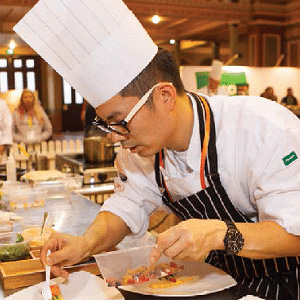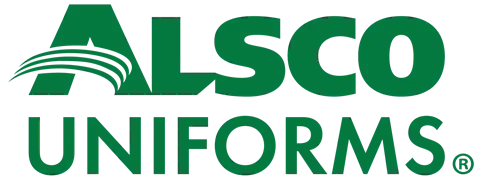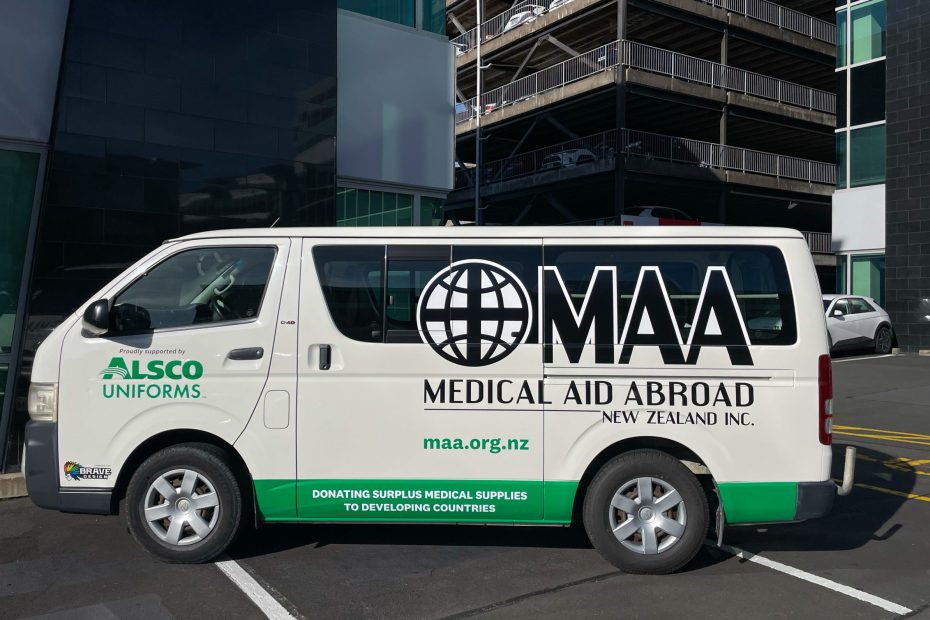Starting up a restaurant business is a great feeling, especially when you have a constant flow of customers and business is good.
But the stark reality is that even if a restaurant gets a good start in terms of its patronage, it can just as easily hit the wall if its finances aren’t managed properly.
We get it, you’re a restaurateur, not an accountant. But a solid financial plan is not as daunting as it might seem.
It basically comes down to two key types of expenses:
- One-time costs; and
- Recurring expenses.
Most budding restaurateurs manage to get a handle on the one-time costs – raising the set-up capital, buying the big-ticket items for the kitchen, furniture and so on.
But they often neglect to account for the pesky recurring costs – wages, training, marketing, ad infinitum. It’s the Achilles’ Heel of many an otherwise successful business. Following your initial restaurant business plan will help you to save up and make the running of your restaurant less costly.
One-Off Costs
Licences
When setting up a restaurant, there are generally a number of licenses you need to have before opening. In New Zealand, you must first find out from local government if you have consented to start a restaurant business in the chosen location.
Once this is done, you must apply for food registration. Many agencies work together to ensure your restaurant follows the standards set when it comes to food safety. Finally, depending on your business plan, apply for an alcohol license which allows you to serve alcoholic drinks at your establishment.
Payment for Restaurant Location
When looking for restaurant real estate, make sure you have all the required funds to secure the location. You must put into consideration the location accessibility, the human traffic in that area and any legal costs you need to pay before locking down the location. This must be part of your business plan.
Building Costs
Once you have secured the location, the next step is to build the restaurant or make renovations if there is an existing building in place. Connect with an experienced contractor who will be able to give you a clear picture of how much you will spend on this project and help you to save by costing only the mandatory projects.
Restaurant Furniture
When the building and all legal documents are good to go, it’s time to look at what kind of restaurant furniture you want to buy. In addition to furniture, you should also factor in costs for interior and exterior design to make your restaurant appealing to customers. When choosing furniture, budget for quality pieces that will last for a long time without worrying about replacing them. Remember in the long run cheap is expensive.
Kitchen Equipment
One of the most important things you must budget for is kitchen equipment. It’s advisable to research on the newest types of kitchen equipment that will boost your business. When unsure of what type of kitchen equipment to buy, you can visit supplier directory sites. For example, the Restaurant Association of New Zealand has a list of reputable suppliers you can contact. Keep an eye out for special offers to help you save.
Recurring Expenses
Employee Costs

Part of your financial plan should include employee costs, which include salaries, benefits and other relevant costs like uniforms. You must have an idea from the outset how many staff members you want on your team. This will make it far easier when planning for their salaries and other costs.
Make sure you do not over-employ to avoid wasting funds on labour. In addition, to keep up-front costs to a minimum, consider a Managed Uniform Rental Service to keep your staff looking clean and professional at all times.
Licence Costs
It’s important to find out which licenses are a one-time expense and which are recurring. This will let you plan well ahead and avoid nasty and potentially costly surprises. One way to keep this simple is to set up an arrangement with your bank to transfer the funds to the relevant government bodies on a set date.
Staff Training
Aside from the initial training and onboarding session when staff join the team, you must keep in mind that continuous training should be budgeted for. When there are changes to the software or equipment in the restaurant, time must be put into refresher training for all staff. This will ensure that work flows smoothly. When planning for training, ensure that sessions are mandatory for all staff members to avoid wasting time and funds on repeat training for absent staff.
Food Ingredients and Alcohol
This is the largest expense for any restaurant. While it can’t be fully captured in your initial business plan, you need to set aside funds to replenish supplies regularly. According to research done by the University of Otago, food wastage is a major factor for many restaurants. The research found that 46% of waste in restaurants was what consumers left on the plate, while preparation waste and food spoilage stood at 36% and 21%, respectively.
To keep waste to a minimum, close monitoring of food during preparation is vital. This will allow you to determine what to order and how much to spend at any given time on food supplies.
Menu Changes
This is a less common recurring cost for a restaurant, but must not be ignored. You must keep in mind that menu changes mean a change in the supplies ordered for your restaurant. It also includes design changes for every menu change done. To avoid consumer plate waste, revise your menu to have reasonable serving portions. Also, to keep design and printing costs low, choose simple but classy designs which aren’t too costly.
Marketing
Businesses tend to assume that marketing is a one time expense prior to launch. But it’s wise to set aside some funds for periodic marketing of your restaurant. The reason why regular marketing is important is that you need to keep in touch with your customers about menu changes, special events and offers and to keep your brand top-of-mind. To keep the marketing budget manageable, make good use of social media and email marketing to keep customers informed.
Technology and Equipment
It’s also important to note that regardless of the initial planning for equipment and technology, there will be some recurring costs as you go along. You must closely monitor your equipment and furniture to ensure that you are able to replace when necessary. Restaurant software and other technology should also be upgraded from time to time to ensure smooth business management.
Photo: epicantus





